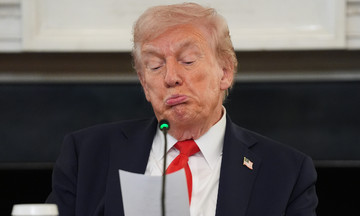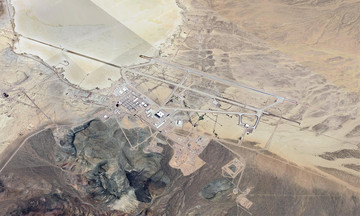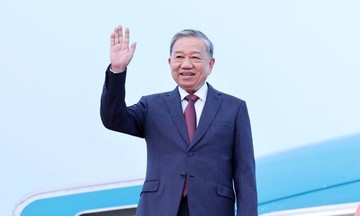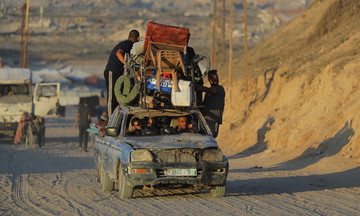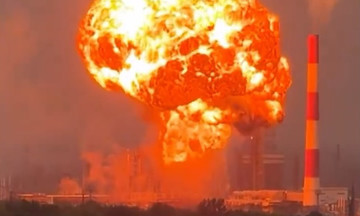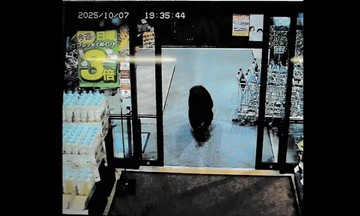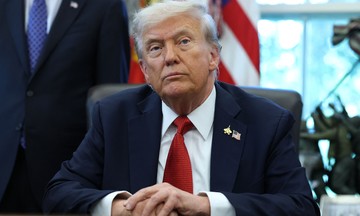On 15/9, the US State Department announced that Secretary of State Marco Rubio had approved a reinterpretation of export control policy, classifying unmanned aerial vehicles (UAVs) alongside fighter jets instead of "missile systems."
This move allows Washington to circumvent restrictions imposed by the Missile Technology Control Regime (MTCR), paving the way for the sale of large UAVs to partners like the United Arab Emirates and Eastern European countries.
Established in 1987, the MTCR is an arms control regime with 35 members, including the US, aimed at limiting the proliferation of missiles and related technology. Member countries are responsible for restricting the transfer of missile systems and UAVs with a range exceeding 300 km and a payload capacity over 500 kg.
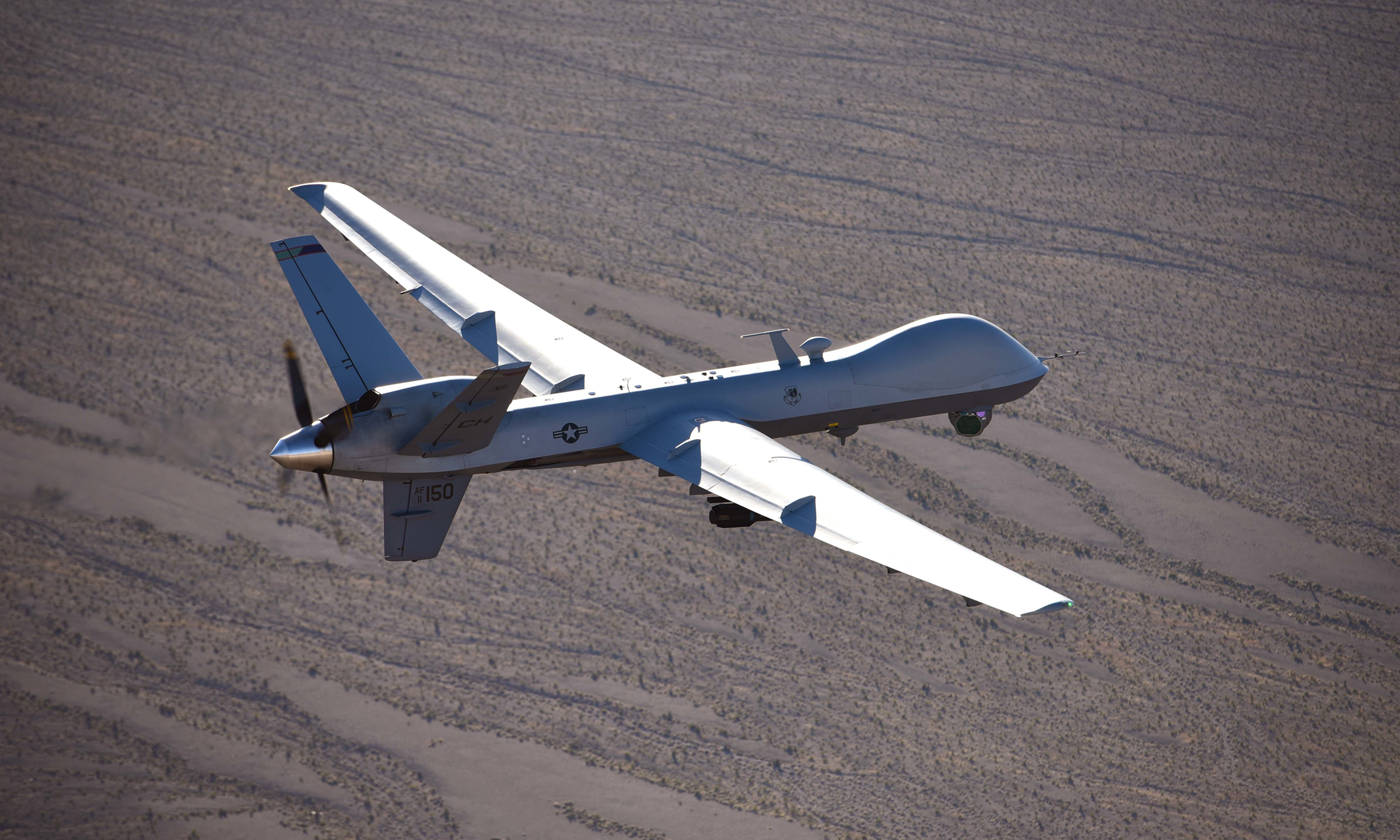 |
A US MQ-9 Reaper at a training ground in Nevada in 2019. Photo: USAF |
A US MQ-9 Reaper at a training ground in Nevada in 2019. Photo: USAF
This change will immediately enable the US to sell over 100 MQ-9 Reaper UAVs to Saudi Arabia. Riyadh proposed the deal earlier this year, and it appears to be part of the $142 billion arms agreement announced in May.
The new policy also allows UAVs from manufacturers like General Atomics, Kratos, and Anduril to be classified as "foreign military sales" by the State Department, facilitating access to the international market.
This comes as US UAV manufacturers face intense competition abroad, particularly from rivals in Israel, China, and Turkey. Companies in these countries face few, if any, restrictions on exporting military UAVs.
The MQ-9 Reaper, manufactured by General Atomics for the US Air Force, can fly at altitudes exceeding 15,000 meters and operate continuously for 24 hours. According to the Congressional Research Service, each MQ-9 costs approximately $30 million.
Pham Giang (Reuters)




